Part 5: Shape Cards the Easy Way
Have
you ever looked at shaped greetings cards in crafting magazines and wondered
how on earth they have been made?
The ones that are circular, in the shape of a fancy label, an ice-cream,
a Christmas tree, and so on?
Well
I’m about to let you into a little secret – those shaped cards are really easy
to make!
Yep, they may look
complicated, but they’re not. All
you need is a big enough die, or a die-cutting machine, or even just a pair of
scissors and a bit of patience.
- - - - - - - - - - - - - - - - - - - - - - - - - - - - - - - - - -
Here
is one that I made with my Cricut machine and the Cindy Loo cartridge.
(The photo isn’t very good, sorry – the
black is just a background to make the card stand out a bit).
Don’t worry if you don’t have a Cricut,
the technique is pretty much the same.
First,
cut the main shape of the card – in this case it was the green squirrel,
together with the different layers (face, eyes, acorn, etc). You might want to cut a label shape like this one ,
or maybe a flower like these.
When
I make my shaped cards, I like to mat the main shape (here, the squirrel) onto
another piece of card the same shape, but in a contrasting colour and slightly
bigger. With electronic
die-cutting machines this is easy, you can just use the shadow, mat or offset
feature.
If you are using nesting
dies like those from Spellbinders or Sizzix, you can use the biggest size for
the mat, and the next size in for the main shape. For any other die, just trace lightly around the original
shape onto your backing card and then cut it out, leaving a small edge around
it. If you don’t want to mat the
main shape, that’s fine, the technique will work just as well.
If
you are matting, you need two pieces of the card mat, the same size. If you are not, you need just one extra
piece the same size as your original cut.
Take
the piece of card that will go at the back, and make a score line about ½-1” in
from either the top or the left side, depending on what your shape is and how
you want your card to open. My squirrel card opens from the top.
Now
put some strong glue onto the smaller bit of that card, ie the bit that leads
from the top or left edge of the card to the score line. It’s best to use a wet or
repositionable glue for this for accurate placement – I use Glossy Accents.
Put
either the top mat for the card, or the top of the card (depending on whether
you are matting your image) onto the glued bottom part, lining it up exactly,
and wait for it to dry.
If
you still have a main image to glue on, then do that too.
Once
it is dry, open up the card, using the score line on the back as the
“hinge”. That’s it – you have a
shaped card!
In
this video, she doesn’t even use a die-cut, just a printed image, some scissors
and some ink!
- - - - - - - - - - - - - - - - - -
HINTS!!! {hot tips}
- - - - - - - - - - - - - - - - - -
It’s not a die-cutting tip,
but notice how quickly and easily Jennifer McGuire colours in her butterfly
with Distress Inks. The card is so
quick and economical to make, yet has a real wow factor. And those digital butterflies? Beautiful. You can print them any size, and use
them as many times as you like!
them as many times as you like!



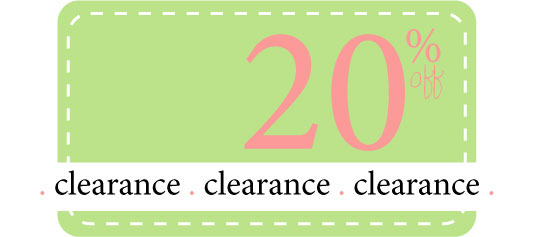
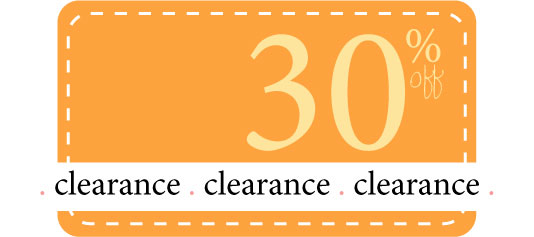
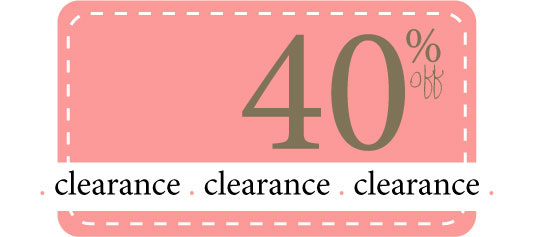
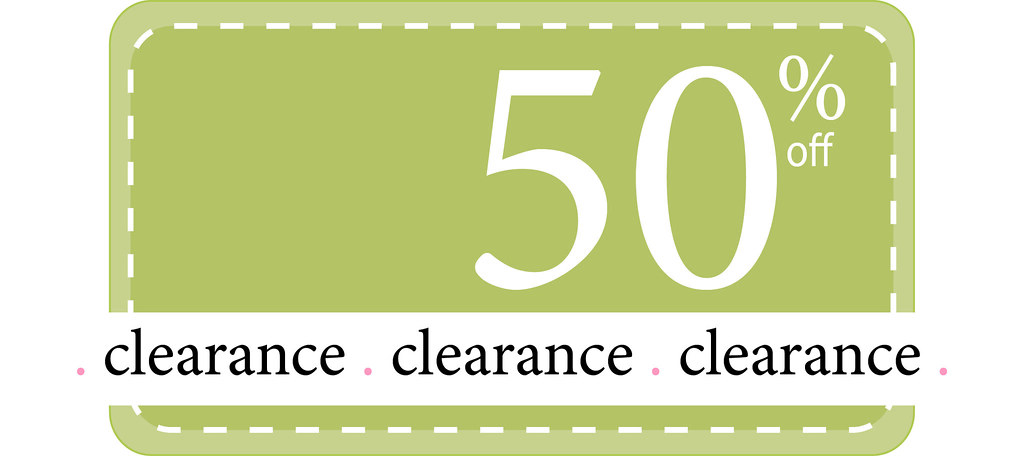
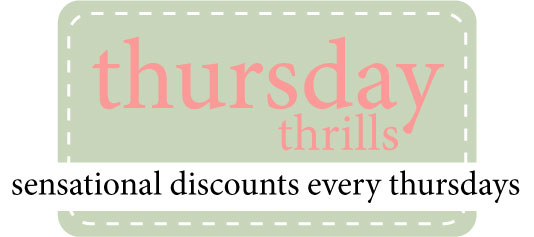
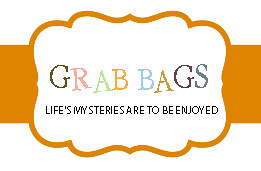
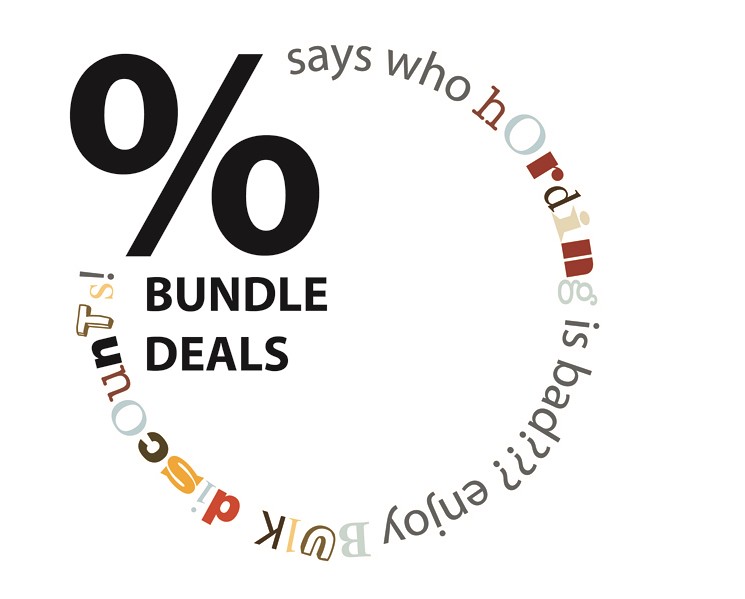












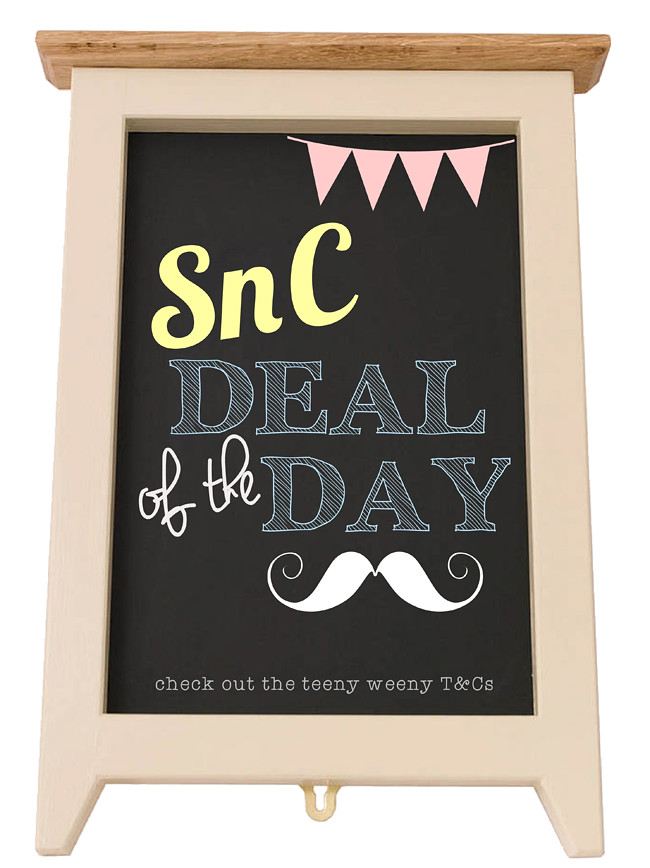
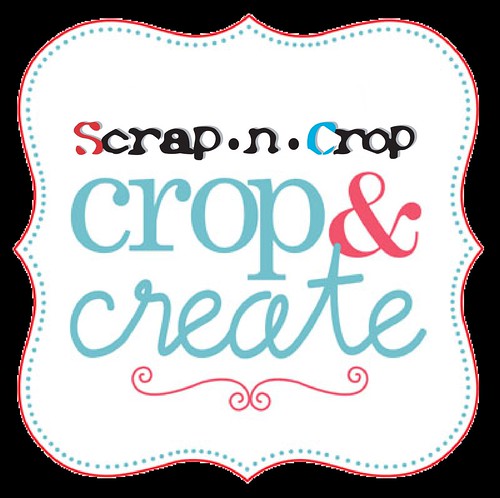
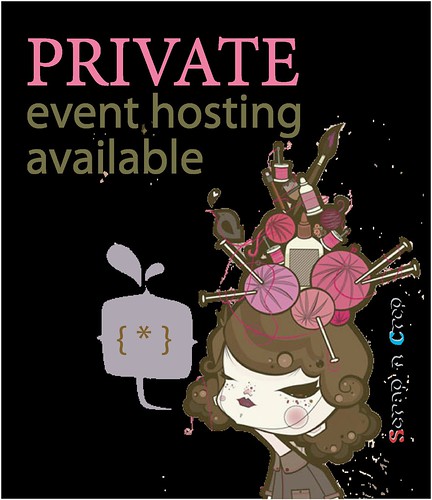







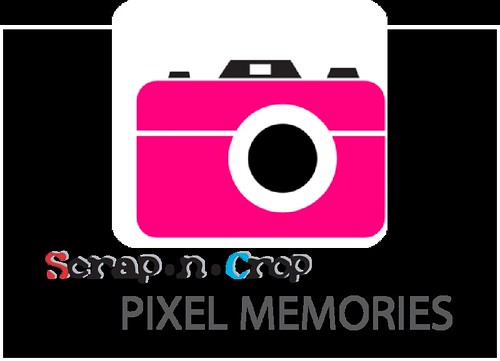
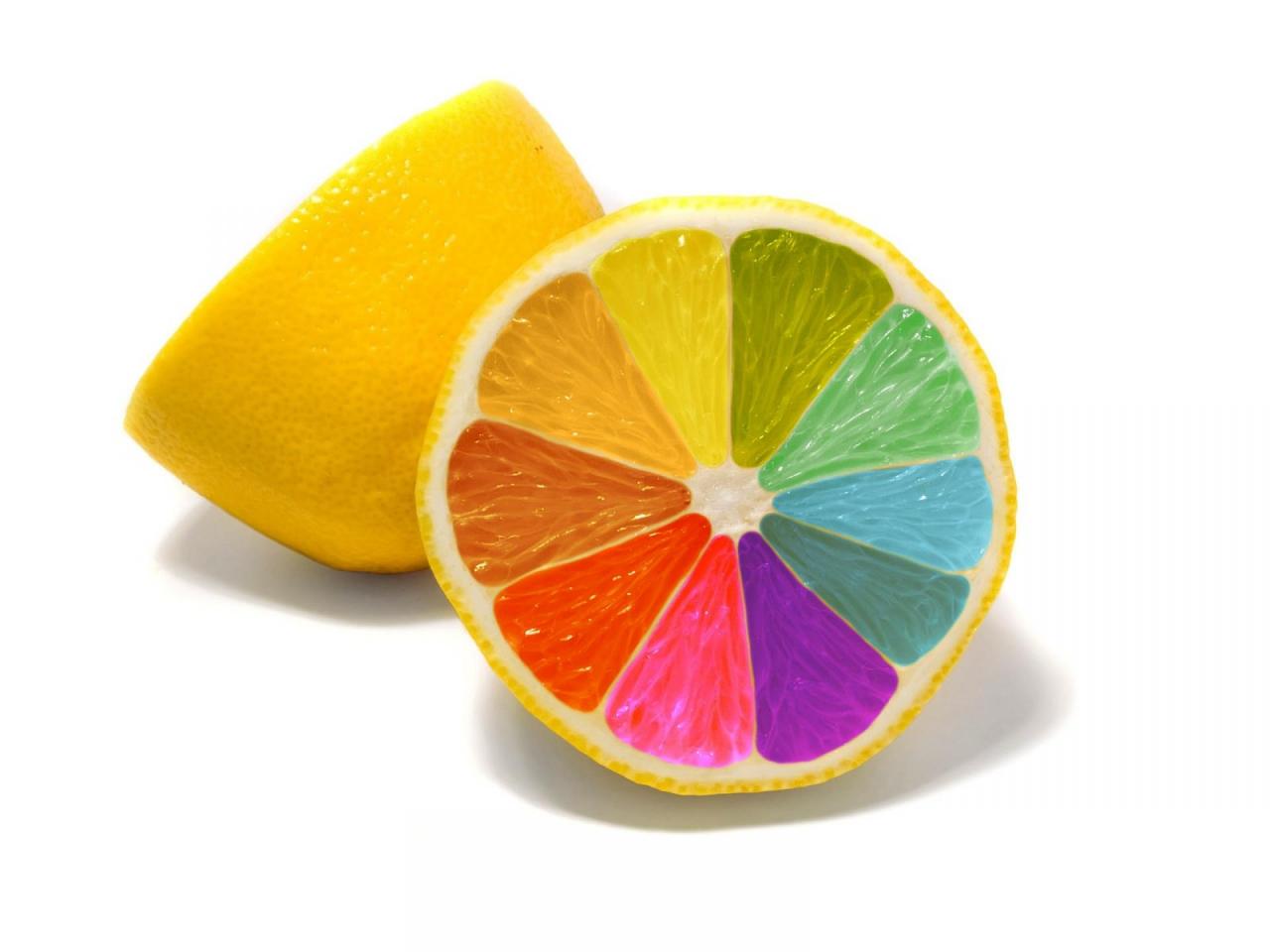

1 comment:
Cute and captivating...your approach inspires me a lot...
Post a Comment